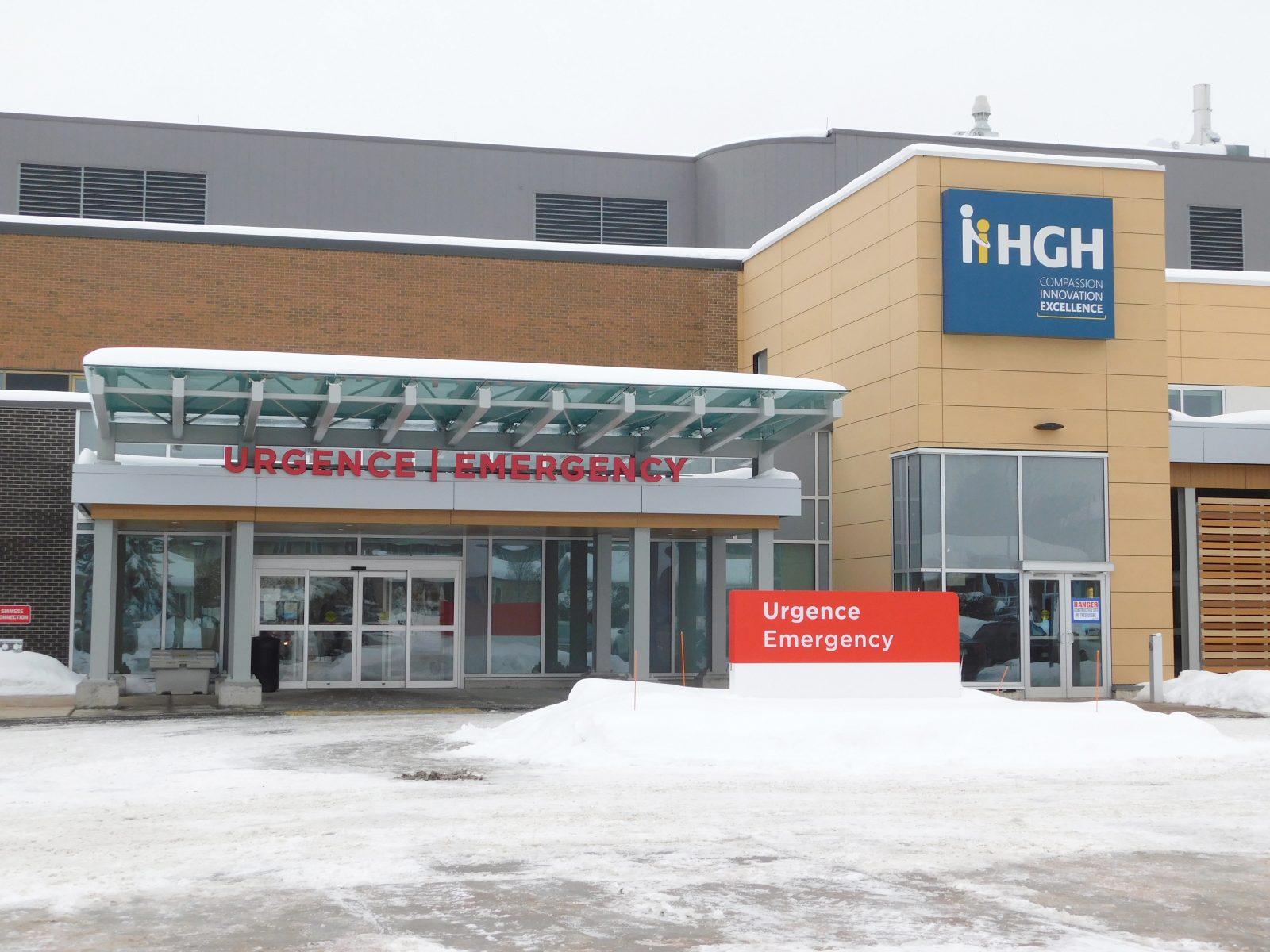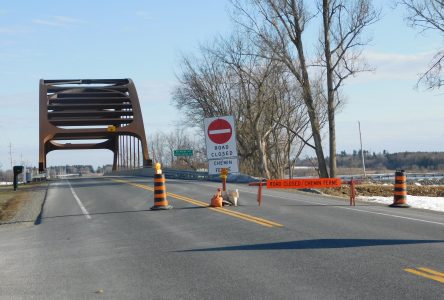The Eastern Ontario Health Unit (EOHU), which includes the United Counties of Prescott and Russell, Cornwall, and the United Counties of Stormont, Dundas and Glengarry, reported 80 emergency department visits to hospitals for opioid overdoses in 2020. Just 34 overdoses were reported in 2019.
Overdose numbers rise during pandemic



